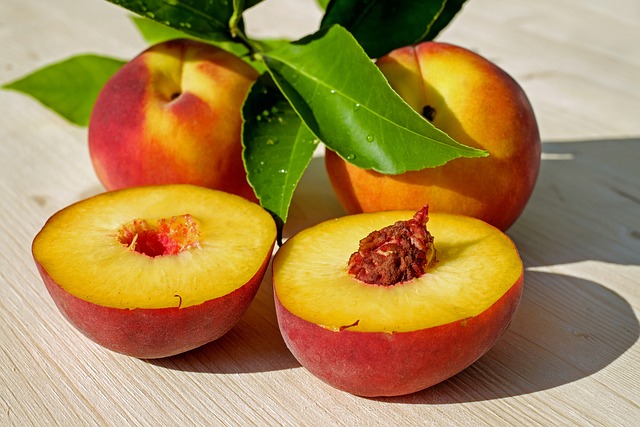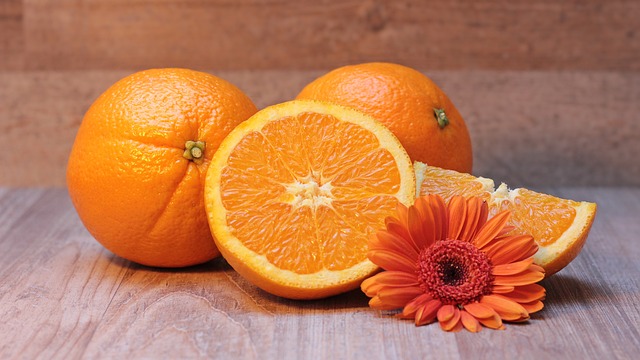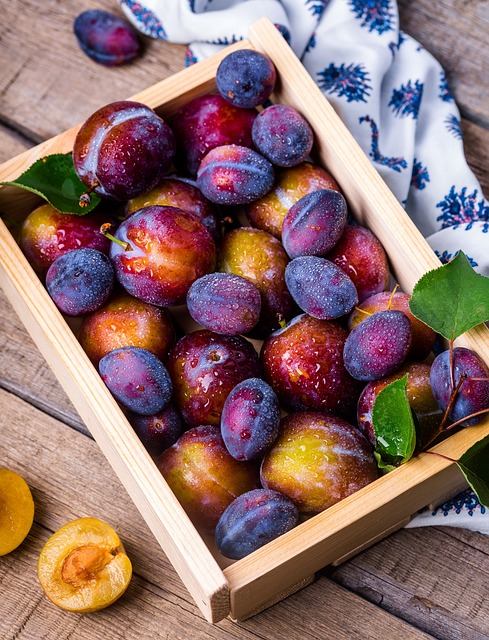Demystifying Prebiotics vs. Probiotics: What You Need to Know
When it comes to maintaining a healthy gut, you may have heard about prebiotics and probiotics. These two terms
are often used interchangeably, but they are not the same thing. It’s important to understand the difference
between prebiotics and probiotics so that you can make informed choices about your digestive health. Let’s
demystify these terms once and for all.
Probiotics
Probiotics are living microorganisms that provide health benefits when consumed in adequate amounts. They are
often referred to as “good bacteria” because they help maintain a balanced gut microbiota. You can find
probiotics in certain foods or dietary supplements.
Probiotics work by introducing beneficial bacteria into your gut. These bacteria help break down food,
enhance nutrient absorption, and promote overall gut health. They can also assist in boosting your immune
system and improving digestion.
Common sources of probiotics include yogurt, kefir, sauerkraut, kimchi, and other fermented foods. But if your
diet lacks these foods, you can also find probiotic supplements in the form of capsules, powders, or
liquids.
Types of Probiotics
There are different strains of probiotics, and each strain may offer unique health benefits. Some of the most
studied and commonly used probiotics include:
- Lactobacillus: This probiotic strain is found in yogurt and other fermented foods. It helps
with lactose digestion and supports a healthy immune system. - Bifidobacterium: This probiotic strain is commonly found in the large intestine. It aids in
the digestion of fiber and helps maintain regular bowel movements. - Saccharomyces boulardii: This yeast-based probiotic is useful for preventing and treating
diarrhea associated with antibiotic use.
Prebiotics
Prebiotics, on the other hand, are non-digestible fibers that act as food for the beneficial bacteria already
present in your gut. They serve as nourishment for probiotics, helping them thrive and multiply.
Unlike probiotics, which are live microorganisms, prebiotics are found in certain foods that are rich in
dietary fiber. Some common sources of prebiotics include onions, garlic, bananas, apples, oats, and other
whole grains.
By consuming prebiotics, you can stimulate the growth and activity of beneficial bacteria in your gut,
promoting a healthy balance of gut flora. This, in turn, can have a positive impact on digestion, weight
management, and immune function.
The Symbiotic Relationship
Now that we understand the difference between prebiotics and probiotics, it’s important to recognize that
they often work synergistically. When taken together, they form what is called a symbiotic relationship.
A symbiotic relationship involves consuming both prebiotics and probiotics to maximize the health benefits.
The prebiotics provide nourishment for the probiotics, helping them survive and flourish in the gut.
Adding probiotic-rich foods and prebiotic-rich foods to your diet can significantly improve your gut health.
For example, you can pair a serving of yogurt (probiotic) with a sliced banana (prebiotic) for a delicious
and gut-friendly snack.
The Bottom Line
While both prebiotics and probiotics contribute to a healthy gut, understanding their differences is crucial.
Probiotics are live microorganisms that introduce beneficial bacteria, while prebiotics serve as food to
nourish these bacteria already present in the gut.
Cultivating a diverse and thriving gut ecosystem is essential for overall well-being. Incorporating a variety
of probiotic and prebiotic-rich foods into your diet can have numerous benefits for your digestive and immune
health.







